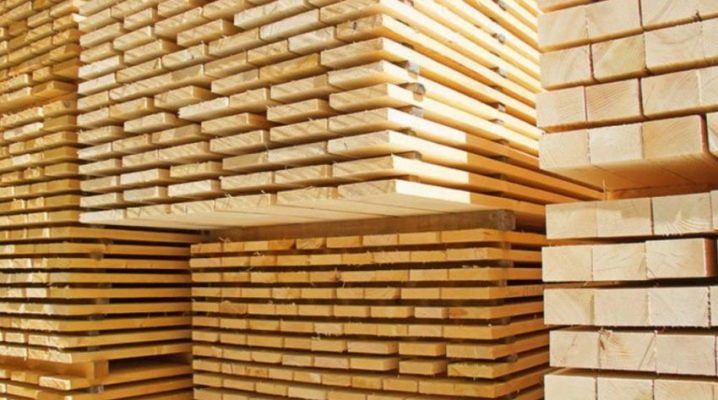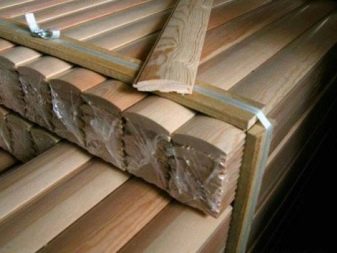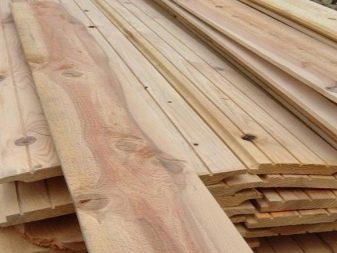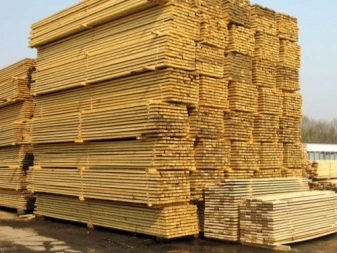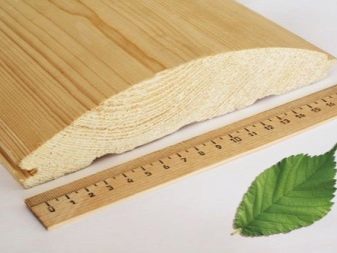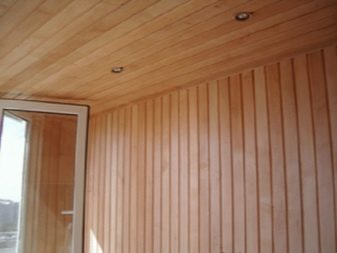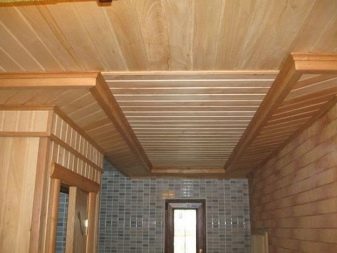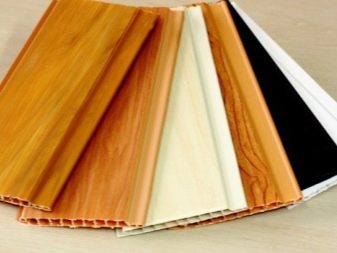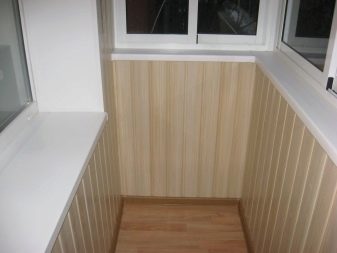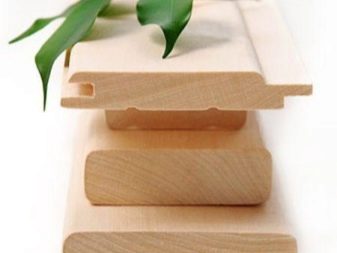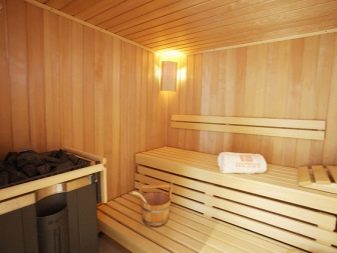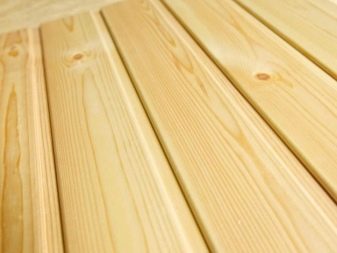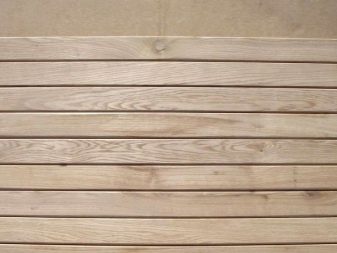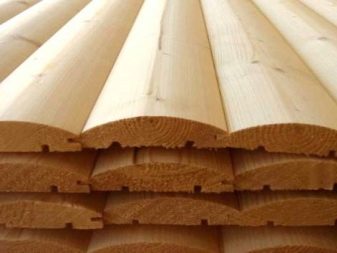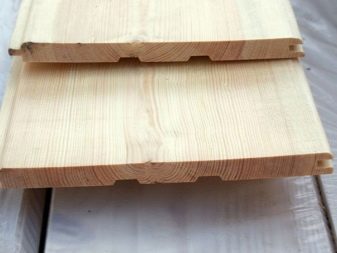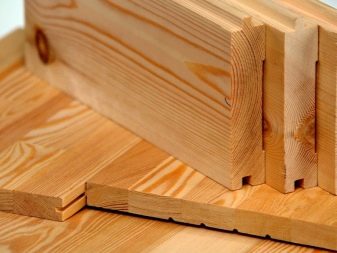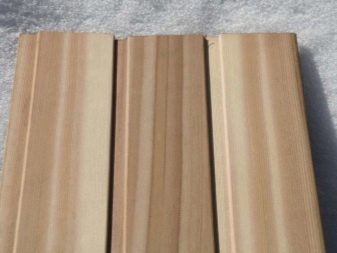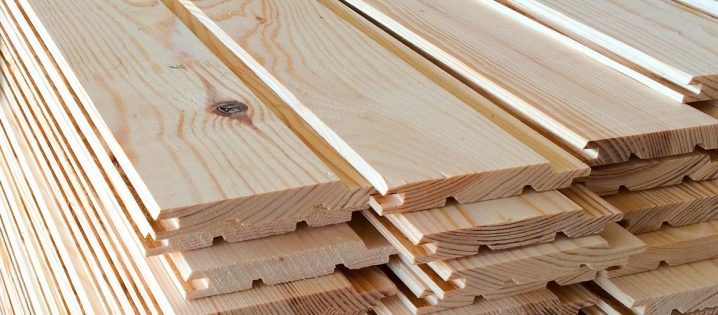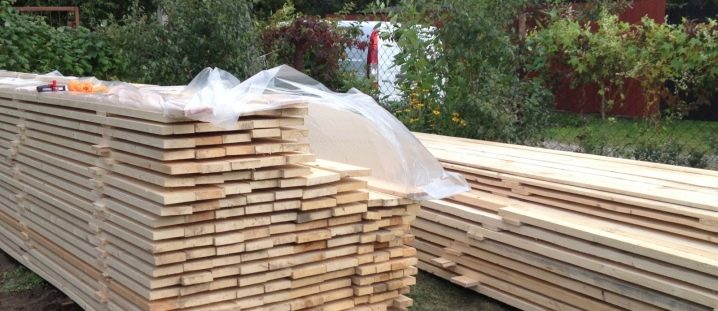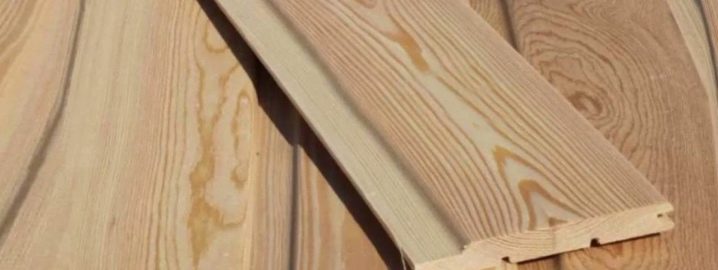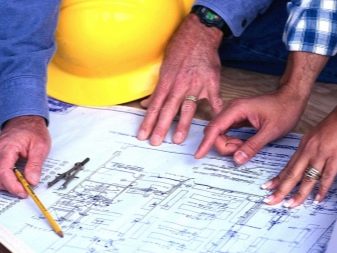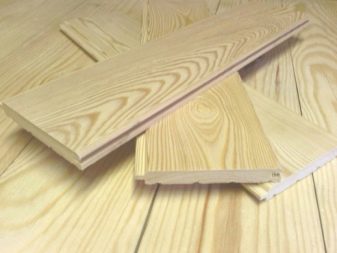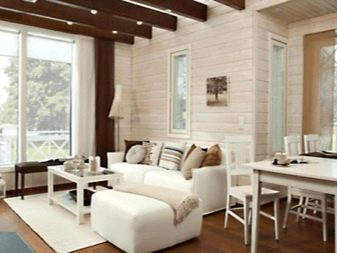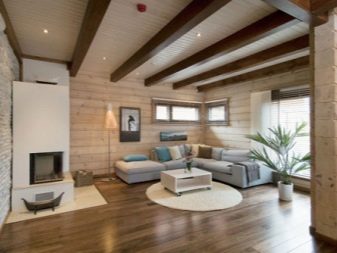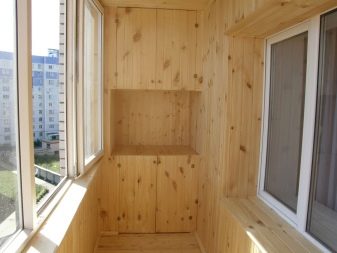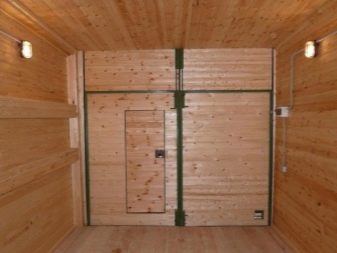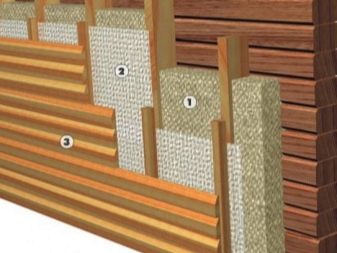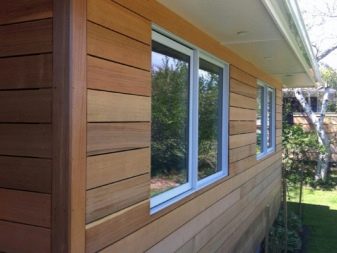How many lining cubes?
Regarding the purchase of materials, there are some rules, but buyers usually do not use them, as a result of which they make a big mistake. The problem is that many buyers are not able to correctly calculate the amount of the required material for home decoration, for example, in 20 square meters. m. They do not use existing tables, with which you can make accurate calculations.
Such buyers acquire an approximate amount of finishing material, which then either is not enough, or there remains quite a lot. As a result, a person loses either his time to buy a new batch, or initially overpays for the material.
What is lining?
Under the clapboard refers to a thin board, which is made from natural wood.This board is equipped with special side slots for fixing. The name of this type of boards comes from the fact that of them previously built. Earlier from this material erected residential batten, which acted as non-permanent housing. Today, the quality of the wall paneling is at a fairly high level, so it is actively used for the construction of luxury housing.
Lining is one of the best materials for the implementation of interior cladding. It also demonstrates excellent properties when facing the facade.
The main advantages of lining are:
- attractive appearance;
- the ability to warm the room;
- excellent sound insulation properties;
- ability to hide existing communication;
- long service life.
Today in the market it is possible to meet lining not only from a natural tree, but also from plastic.
Plastic lining is focused mainly on the decorative interior. The advantage of this material is high quality, durability, ease of installation and beautiful appearance.
Wooden lining is made of natural material - wood. The room that will be finished with these boards will be characterized by a natural microclimate. It is important to note that with an increased amount of moisture, the tree is able to absorb it, and with a lack, on the contrary, it is isolated. At the same time, a pleasant aroma will be concentrated in the room, and the atmosphere will be as comfortable as possible.
Hardwood Lining
The most common hardwoods used for the manufacture of lining are linden, alder and oak. Consider them in more detail.
- Linden characterized by excellent durability. It has an attractive color, which, unfortunately, darkens during operation. It is necessary to use special impregnation to preserve the original color. Lining from this material has proven itself in rooms with high humidity.
- Alder when heated, will release compounds that help restore health. The similar material is actively used for finishing of a bath. Alder is characterized by environmental cleanliness, attractive texture and low thermal conductivity. Similar lining acts as an excellent sound insulator.The only drawback is the need for protection to extend the operational life.
- Oak It is an elite material, which is mainly used for interior decoration.
Softwood Lining
Lining is also made from conifers.
- Spruce. Lining from this material is easily processed and connected to each other. This material has a low roughness.
- Pine. Lining in this case is characterized by a beautiful pattern and an attractive golden color. This is a quality and relatively inexpensive material.
- Larch. It is characterized by excellent strength, able to retain heat.
- Cedar. Differs in the long operational term, especially if lining is protected from a direct hit of moisture. This finishing material is able to perfectly retain heat.
How much material is contained in one cubic meter?
In order to correctly calculate the required volume of certain products, it is important to know some features of the implementation of calculations. If the material is made of wood, the method for calculating cubic capacity is relatively the same.In this case, it does not matter what material the boards are made of.
In order to make accurate and accurate calculations, you need to use the following instruction.
- Initially required to measure the basic parameters of the material. We take one panel as a basis and calculate its length, width and thickness. Consider in practice one of the examples. Imagine that the parameters of our product are as follows: 16x14x5000. Indicators are in millimeters.
- Next, you need to calculate the volume of the 1st product. To do this, you need to convert the considered units to meters. To do this, we do the following: 0.016 * 0.14 * 5 = 0.01112 m3.
- Next, 1 m3 is required to divide by the number that was obtained in the second step. As a result, we get 89.29.
Thus, it is calculated how many squares in both 6 cubes and 60. You can also determine how many pieces there are.
It is extremely important to follow the instructions carefully. This is required in order for the calculations to be as accurate as possible.
Please note that some sellers may cheat by performing incorrect rounding. They do this in order to increase the value of the purchase.
How to calculate the amount of area in one cubic meter
In order to avoid overpaying and not to purchase additional panels, you need to know how much space there is in one cubic meter that is planned to be faced. In this case, a huge role is played by the thickness of the product, which can be completely different depending on the chosen material.
Many wonder why they need a cubature. This is required so that you can calculate the area that can be covered with finishing materials. On the basis of this, you will need to determine how many square meters are contained in one cubicle of the lining.
Calculate is easy - just use the instructions.
- Initially, you need to measure the thickness of one acquired finishing panel. If we are dealing with wood material, then the parameter will be in the range of 13-26 mm.
- Next, you need to translate this result into meters, since the volume criteria should be measured in this unit of measurement. Consider the situation when the thickness of one panel is 17 mm. Translating this value into meters, we get 0.017 m.
- The final step is to divide the cube by the number obtained earlier.You should have the following: 1 / 0.017 = 58.82 m2.
Note that calculations can be made even in the mind, if mathematical skills allow. However, with the help of a calculator, you can achieve the most accurate results.
Calculate the amount of material for the implementation of the finish
Today the greatest demand is for wooden panels, with which you can perform the finishing of various premises. To begin this process, it is initially important to make calculations to determine the amount of the desired material. It is important that these calculations are as accurate as possible - this will help you to avoid buying excess material and overpayment for it.
It is important to note that the amount of material chosen depends largely on whether it is an exterior or an interior.
Consider in detail both options.
Inner lining
In order to determine the volume of the required lining with the inside lining of the room, it is necessary to divide the quadrature into several separate areas. This allows the plane to be calculated as a regular geometric shape. As a rule, the room is represented as a rectangle, however there are exceptions.The length of the boards in this case plays an important role, since it can be different, therefore it is necessary to measure the length of all segments.
To determine the amount of material required, follow the instructions.
- Initially, you need to determine the width and length of the room that you want to finish. If you plan to carry out lining and ceiling surface, then its area also needs to be calculated.
- It is important to determine the height and length of the wall to determine the total area. As a rule, in one room there are two walls that are parallel and identical to each other. Therefore, it is sufficient to calculate only one of the walls in order to determine the length and height of two.
- In the future, it is necessary to add all the values obtained. Do not forget that you need to take away the square of the openings that are in the room. We recommend adding 10% to the result, because when finishing the room you can not do without waste. Even if you have accurately determined the length of the product, there will always be waste.
Exterior cladding clapboard
If you decide to make the exterior lining of the building, for example, a pediment,then the calculations will be made similarly. The only difficulty in this case is in calculating the area of the gable.
Let us analyze the calculation process step by step.
- It is necessary to determine the area to be trimmed in the same way as in the case of interior trim.
- To determine the area of the pediment, it is necessary to take the length of the base and multiply it by the height. The result obtained in the future must be divided in half.
- Add up all the numbers. In this case, do not forget to take away from the result the area of the existing openings.
In the next video, see how much lining in the cube.
